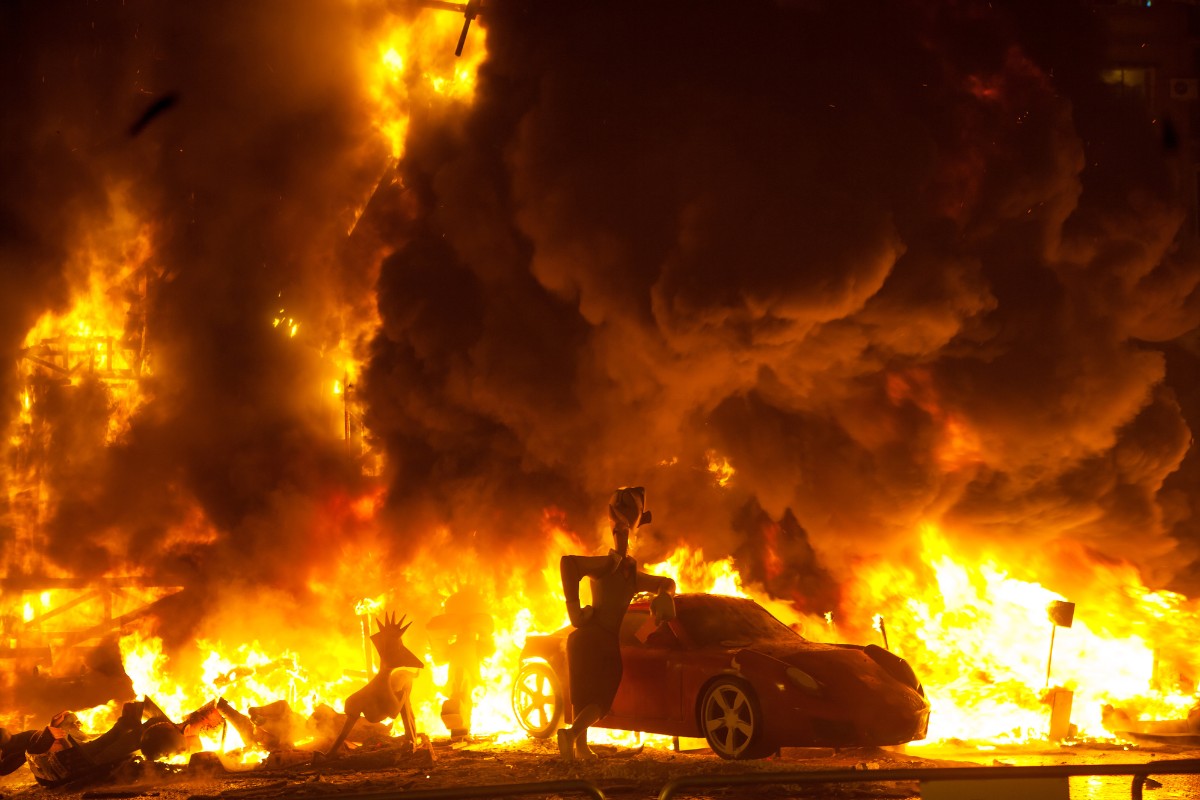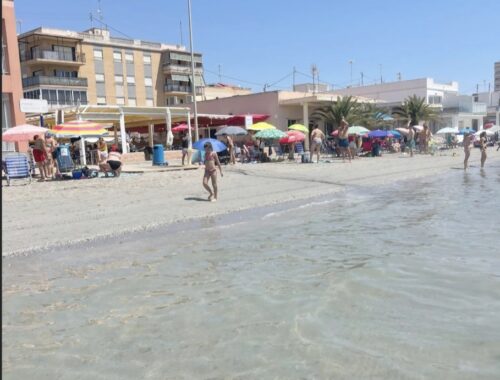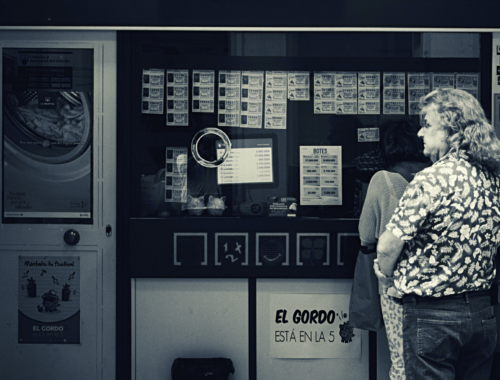Las Fallas Fire Festival in Valencia
Las Fallas , also known as the Festival of Fire , is one of Spain's most spectacular and recognizable festivals, celebrated every year from March 15th to 19th . It's a time when Valencia transforms into a place full of life, color, and incredible energy, attracting around 2 million tourists from around the world!
The Mysterious Origins of Las Fallas
The tradition of Las Fallas stems from ancient pre-spring cleaning, when people would rid their homes of unnecessary items. Carpenters and craftsmen would burn old wood and waste the day before the feast day of their patron saint, St. Joseph, which falls on March 20th. Over time, the piles of burning objects began to take on specific shapes, evolving into effigies imitating human figures. These effigies, called ninots UNESCO World Heritage Site in 2016 .
Festival day by day
Each day of the festival begins at 8:00 a.m. with a ceremony called desperta , which serves as a wake-up call for the city. Marching brass bands lead a procession, including falleros and falleras. Dressed in traditional costumes, they illuminate the city streets, throwing firecrackers and creating spectacular pyrotechnic displays, admired by the gathered crowds. Promptly at 2:00 p.m., the mascaleta, or firecracker display, begins, a visual feast for the eyes, while at night the sky lights up with the colors of fireworks. On the second and third days of the festival, residents pay homage to Valencia's patron saint, Our Lady of the Abandoned, by offering her flowers. These offerings adorn a huge wooden statue of the Virgin Mary, which, after the offering, is revealed in all its glory, covered with a floral mantle.
Monuments of the Fallas
The heart of the festival beats with the construction of fallas – enormous, colorful structures made of paper, wax, wood, and Styrofoam. These impressive works of art, the result of a year's work by artists and artisans, depict scenes from social, political, and cultural life, often with a wink. From gigantic caricatures to complex narrative scenes, each falla has something to say.

La Nit del Foc and La Nit de la Cremà
La Nit del Foc (Night of Fire) is an impressive fireworks display that heralds the final day of the festival. La Nit de la Cremà, on the other hand, is the moment when all the ninots are burned. It's a symbolic purification and farewell to the past, as well as a reminder of the inevitability of transience. However, before the ninots are engulfed in flames, residents and visitors have the opportunity to vote for their favorite figures – the winner is burned at the very end.
Traditions and flavors of the Fire Festival
Las Fallas isn't just about fireworks and ninots. It's also a time to sample local delicacies, such as bunyols de carabassa (pumpkin doughnuts) and refreshing horchata. This festival offers a rich cultural program, including parades, concerts, and competitions, making Valencia a center of Spanish culture and joy for a few days.
Why Las Fallas?
This festival attracts people not only for its spectacular flames and artistic creations. Las Fallas is a time when communities come together to celebrate their identity, history, and culture. It's an opportunity to reflect on the transient nature of life and on new beginnings.
For tourists, the Festival of Fire offers a unique experience of immersion in Spanish culture—full of emotion, color, and tradition. It's a testament to human creativity and communal spirit, where fire doesn't signify an end, but the beginning of a new cycle, of new possibilities.
Summary
Fallas de Valencia is a unique opportunity to experience the Spanish fiesta in all its glory. This celebration delights not only the people of Valencia but also visitors from around the world, attracting them with its creativity, color, and energy.






